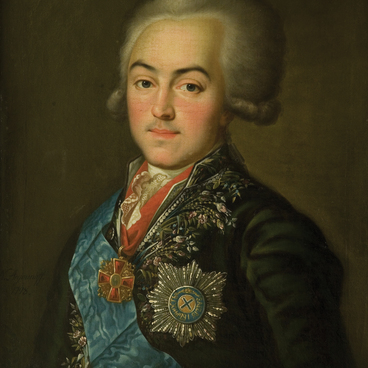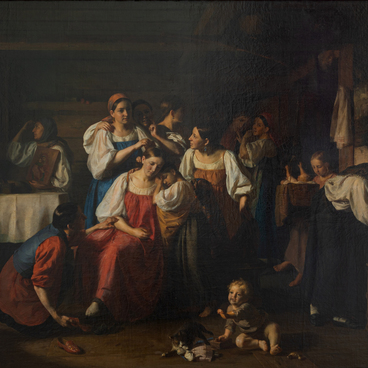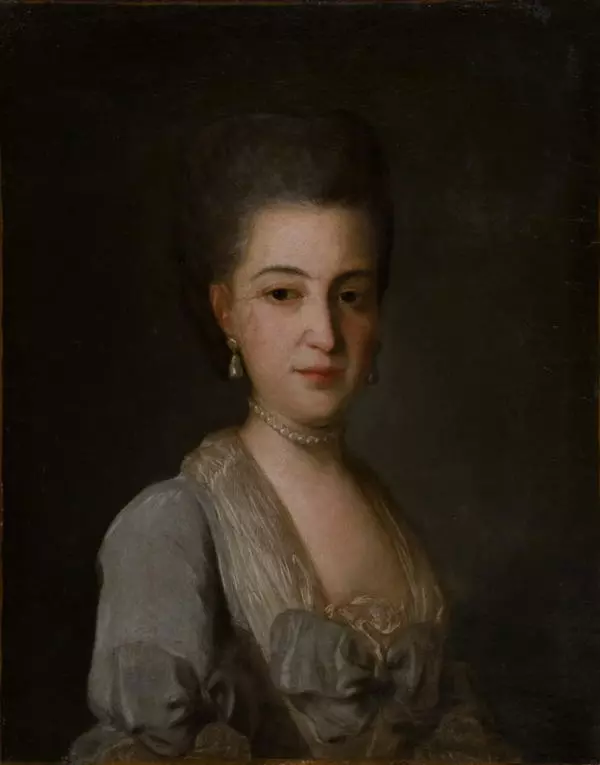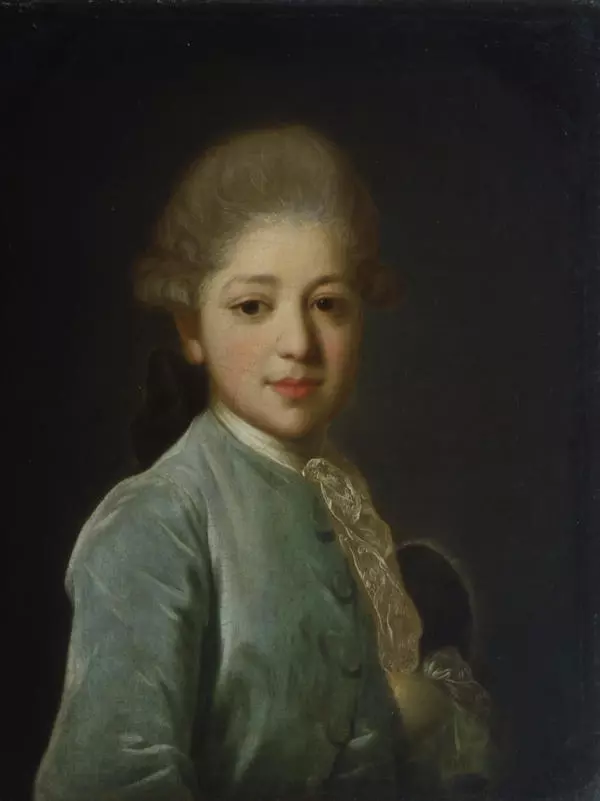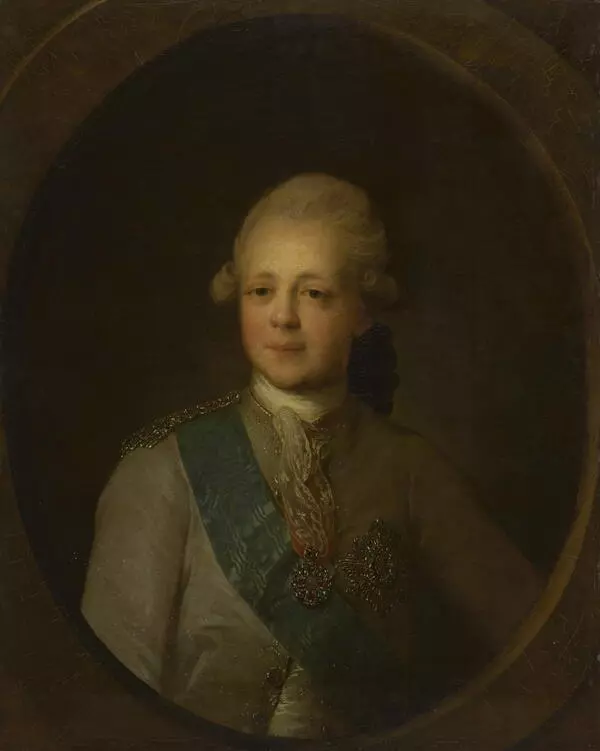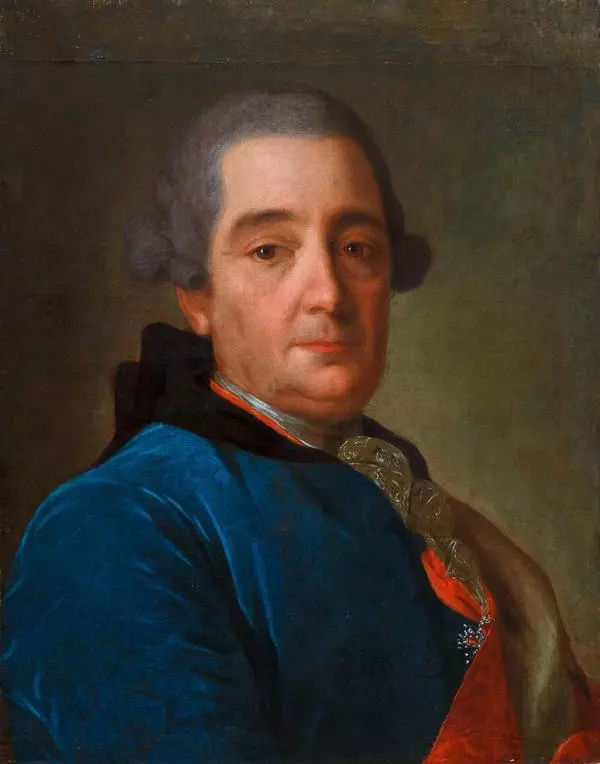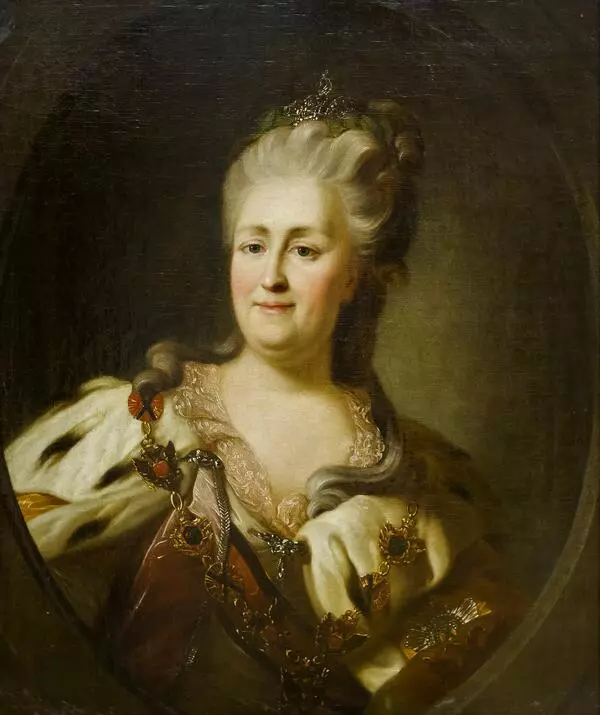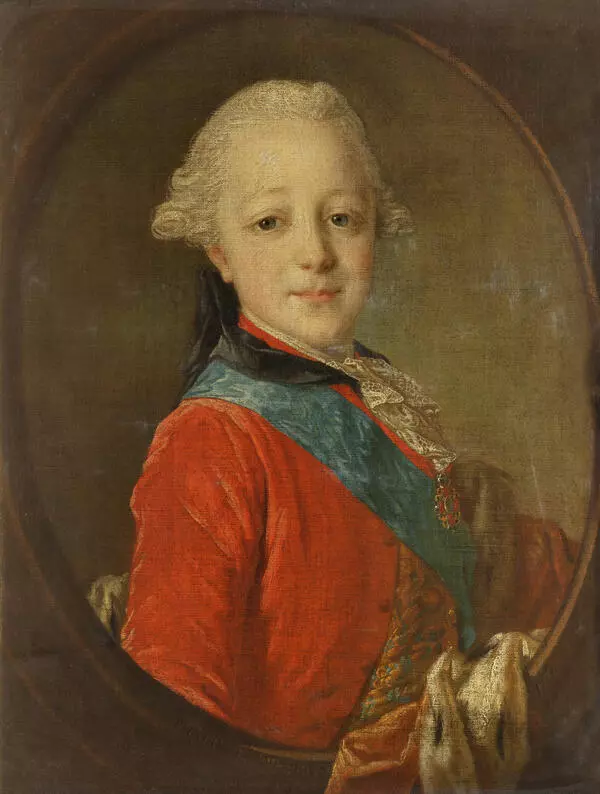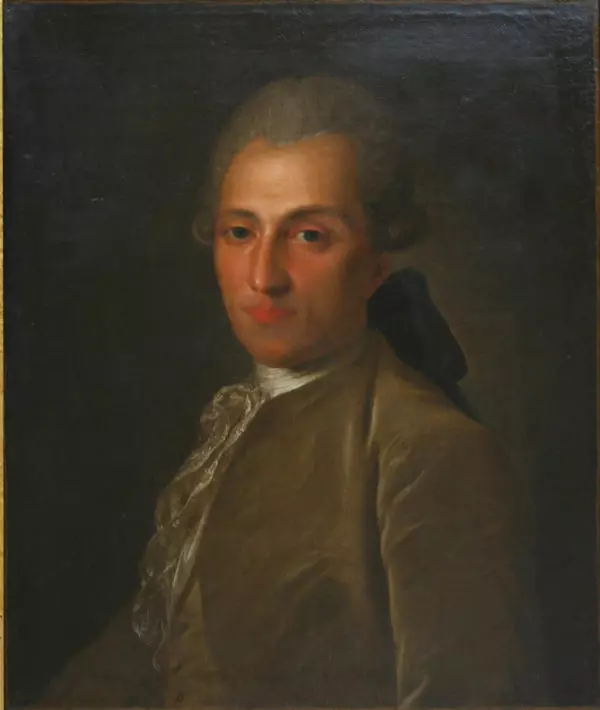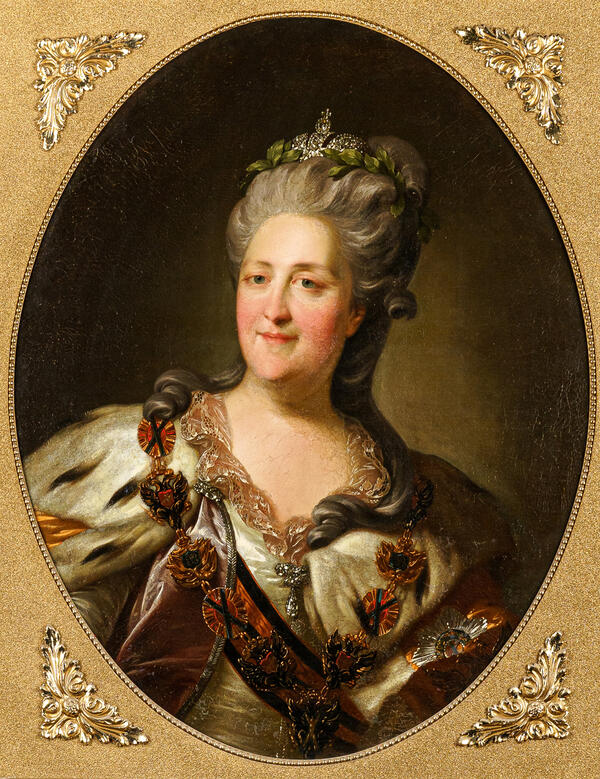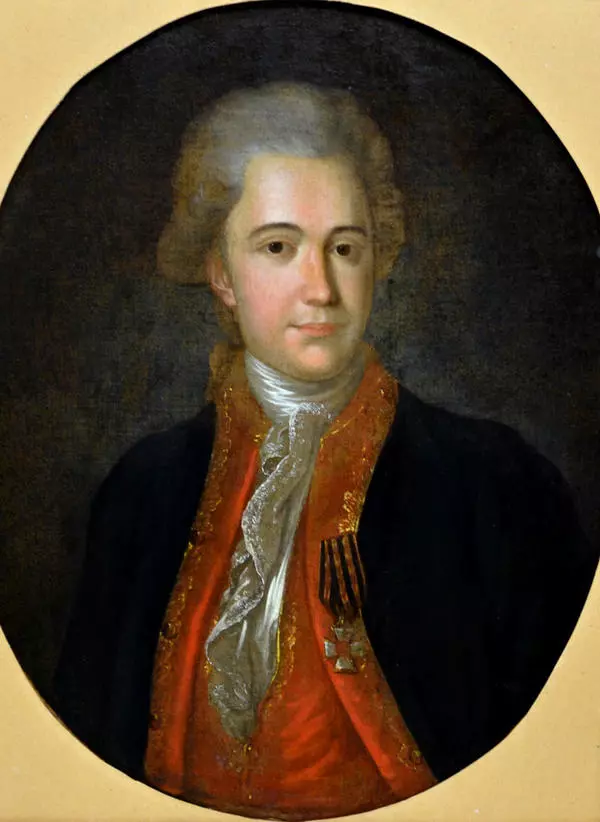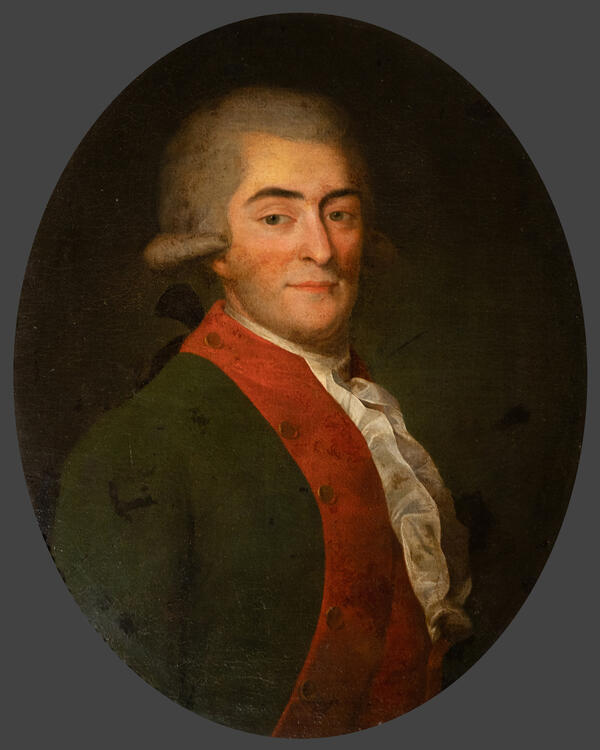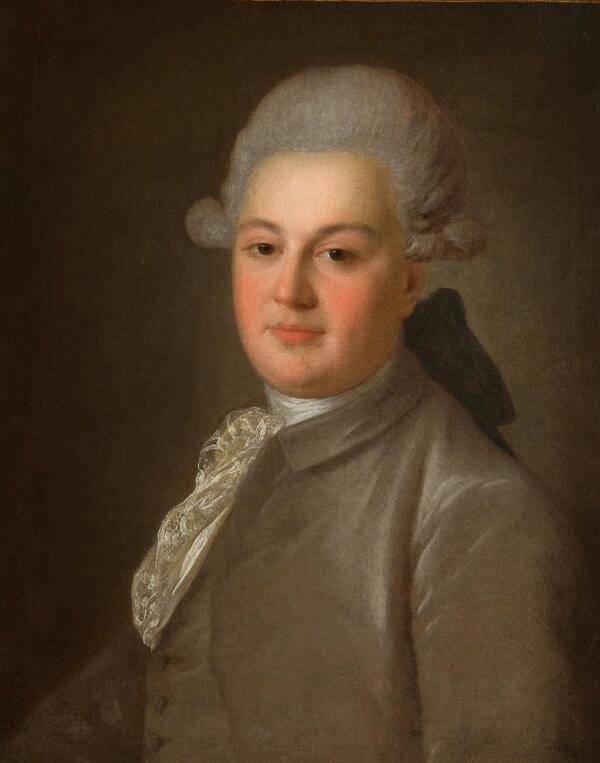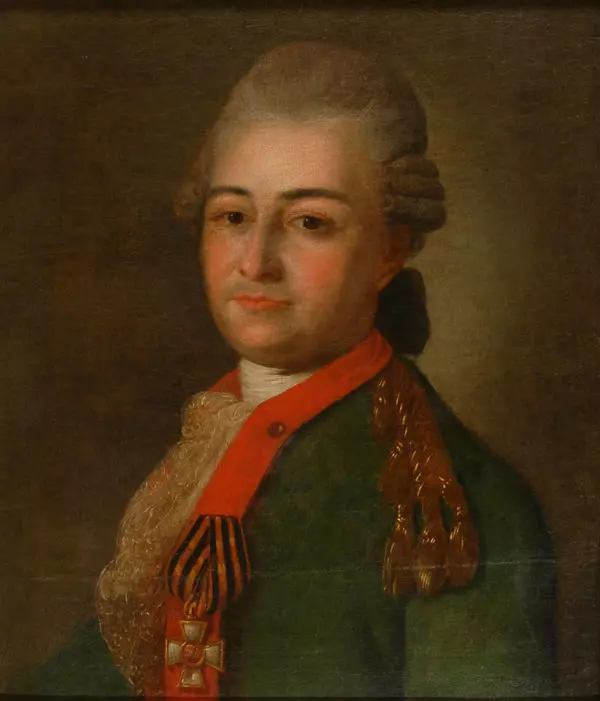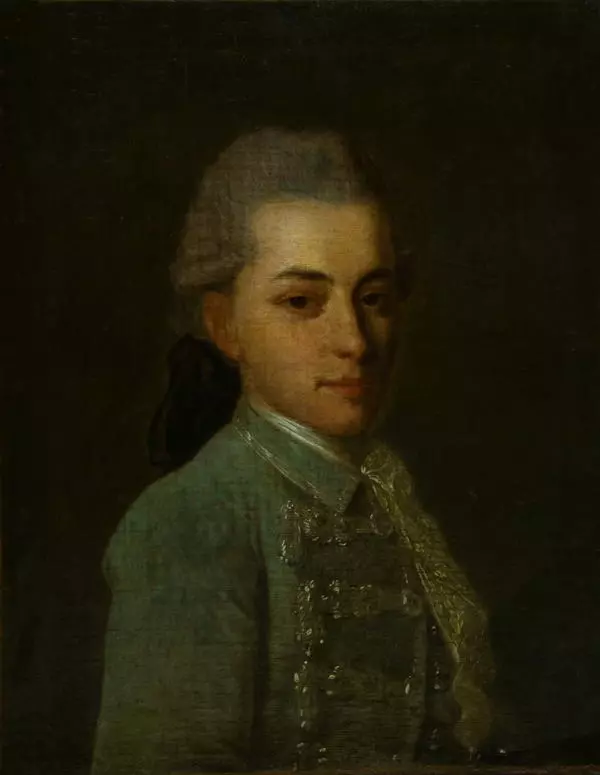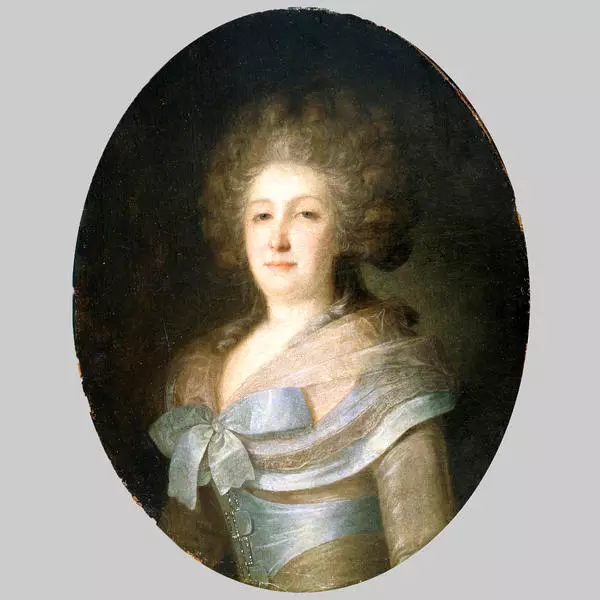Fyodor Stepanovich Rokotov was born in 1735 near Moscow. It is not known for sure whether the future artist was a nobleman, a serf, or the illegitimate son of Prince Peter Repnin. The young man, who showed talent for painting, was taken to the Academy of Arts by the founder of Moscow University, Ivan Shuvalov. After graduation, Fyodor Rokotov remained at the university as a teacher. The painter brilliantly mastered a brush, skillfully worked with a color palette, and always tried to convey the character and emotions of the depicted person.
Many nobles ordered portraits from the fashionable and famous artist. “Skilled and famous, ” wrote his contemporary, the engraver Jacob Stehlin. In 1763, Rokotov painted the coronation portrait of Catherine II. The profile flattered the Empress so much that she ordered that henceforth her face be depicted according to Rokotov’s originals.
In 1772, Fyodor Stepanovich became one of the founders of the Moscow English Club, signing under its rules along with five other people. He, like many of his contemporaries, was a Freemason — a member of the Moscow lodge “Clio.” Having no family of his own, in 1776 he got his nephews free, sent them to the cadet corps and made them his heirs.
The researchers note that in his art Fyodor Stepanovich embodied the ideal of a person of his era. The perfection of elegant and refined painting is combined in his portraits with deep humanity and poetry. The viewer standing in front of his portraits involuntarily comes into emotional contact with those depicted on the canvases. This set Rokotov apart from other portrait painters of the 18th century.
Rokotov was primarily a painter of chest-length
intimate portraits. The painting from the collection of the Voronezh Museum
depicts Prince Mikhail Mikhailovich Golitsyn — Tarussky district leader of the
nobility, who then became a Kaluga provincial leader of the nobility, Field
Marshal General, associate of Peter I. The artist poetizes his image, embodying
his dream of a new person. This painting entered the collection of the Voronezh
Regional Art Museum named after Ivan Kramskoy in 1928 from the State Tretyakov
Gallery. Previously, the painting was in the State Museum Fund.

